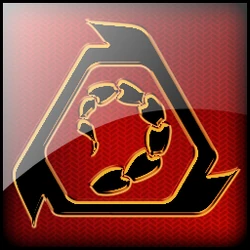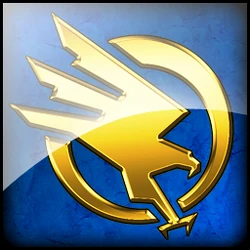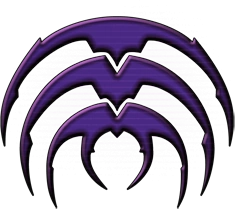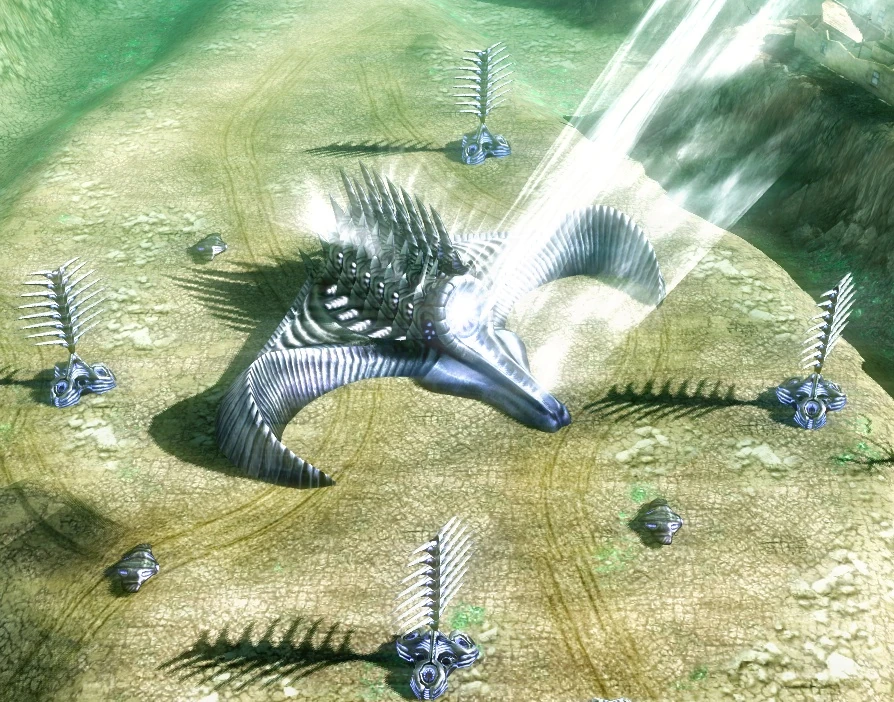Command & Conquer was made in 1995 and used to be the go to game series for Real Time Strategy. Also known as RTSs, the 90s had a whole plethora of RTS franchises from Warcraft made in 1994 to Dune II in 1992 to even Age of Empires in 1997; however, the one thing that set Command & Conquer apart from all of them was its simplicity. The classic easy to learn hard to master formula that would continue throughout the series until the final game known infamously as Command & Conquer 4. To understand where Command & Conquer 4 went wrong you must first look what the other C&C games did and see where EA may have screwed up the formulae. The first game in the series featured a futuristic world that was slowly being poisoned by an alien super mineral known only as Tiberium and two superpowers were fighting to harvest and control this resource.

Immediately you can see the stark contrast between these two factions, the Brotherhood of NOD was a super corporation with its hands in advanced weapons and defence technology while the other was a military arm of the UN called The Global Defence Initiative trying to keep control over the western world while the Brotherhood expanded its power. The first game in the series had the conflict called The First Tiberium War of the year 1995, in the story NOD loses to GDI and its allies and starts to splinter into different factions that are fought amongst each other.

This was of strategy for awhile, two factions with completely different play styles that fought on the battlefield. NOD units were made for hit and run tactics while GDI was made for steam-rolling over your enemies. NOD had devastating nuclear weapons and the GDI had the Mighty Ion Cannon.
Fast forward to 1999 the next C&C game is released and it was known as Tiberium Sun. Hailed by fans and critics as the greatest RTS game of all time, Tiberium Sun improved old mechanics and build new mechanics where others had begun to become out dated. There was a random map generator, easily 20 new units for each factions and endless replayability in the skirmishes. Every game was different and you had to work around a different problem, like resources not being close enough, no clear route to the enemy or being bottlenecked into a canyon where your units are torn to shreds. GDI now had some really tough armored units while NOD had some even more ways of sneaking into your base and destroying all of your stuff. Everything was really expanding and innovating what the first game created, from the feel to general destructive power you have at your finger tips.
Now here is where problems begin to arise, in 1998 EA purchased Westwood and in 2003 forced the company to liquidate its assets. They lost a lot of the original creators for the beloved series but not all. In 2007 after a ton of trial and error they finally manage to release the next C&C game known as Tiberium Wars. This next game not only changed the formula but adopted and innovated much of the new standards for RTS games at the time. Not only was the game play fast and responsive, it also gave the two factions even more toys to play with. though some major complaints were that much of what was core the original factions were taken out like GDI’s massive armored walkers or NOD’s subterranean vehicles. This was the beginning for a new dynamic in the franchise; however, when they added a third faction also known as the Scrin.

Based heavily on insects, The Scrin were the C&C answer to are we alone in the universe? The answer was of course yes and that the universe hates you…

And thus began a new and interesting step in the franchise. The Scrin were the ultimate air force, from the carriers to the bombardment ships and all of their units were built to compliment them. They had slightly weaker ground forces that could tie up enemy forces so that the bombardment ships could dispatch them easily and their excellent base defences meant that other factions couldn’t simply sneak in to their base and end their reign. They were also the perfect answer for the new game, though other changes made great improvements the third faction shook up the formula enough to make the game interesting again for a lot of people that would’ve otherwise forgot about the franchise. Arguably one of the few games to achieve success after such a long development cycle and after going through so many change ups with management. So guess what happened in 2010 when the next game came out?

It was the perfect storm to take C&C to a whole new level and they absolutely screwed the pooch. The Major changes made to games design was that it no longer required the standard resource known as Tiberium, instead they got players to capture “nodes” and forced players to travel from node to node in order to acquire more resources in order to build units. In a traditional C&C game you could build as many units as you like without having to worry about an arbitrary limit on awesome, in all honestly the mobile base idea I thought was and interesting approach however they changed too much. There was no longer the ability to have massive armies rip through the landscape, have the ability to overwhelm your opponents or even be able to conquer bases your opponents lost. no instead they decided to change the entire system in the wrong direction with a broken resource system and capture the flag mentality. The worse part was the changes that were good in the last game were taken out entirely, you didn’t have access to the third faction in multiplayer and could only play The Scrin in single player story mission that had no true multiplayer relevance. After that the new C&C social media game called Command & Conquers Alliances came out, so C&C eventually became farmville.
Pictures were retrieved from CnCwiki and Wikipedia, relevant information sources such as dates and times come from CnCwiki and Wikipedia

